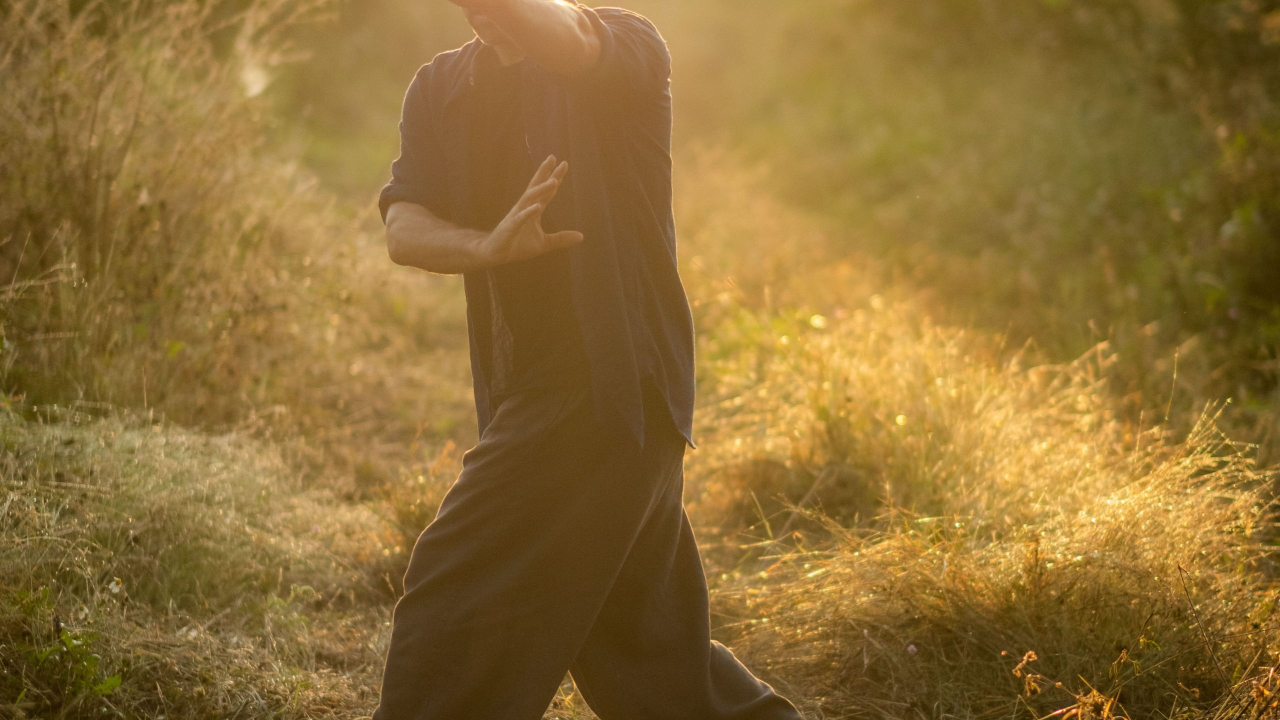
Emei Mountain Baguazhang vs Wudang Mountain Baguazhang
Mar 14, 2013Many students ask me how is Wudang Mountain Baguazhang vs Emei Mountain Baguazhang. I have learned both systems and can only share my own personal experiences. In the martial arts world it is easy to offend someone and understandably so as if you ridicule that person’s art that they have spent a lifetime perfecting just as a painter or sculptor for that matter. Therefore it is important for the reader to keep in mind that my experiences are shaped by my teachers and my state of mind at the time of training.
Many people believe the creator of Aikido studied Baguazhang and used many of the principles of movements and footwork to create it as they are candidly similar. Although there are many styles of Baguazhang, the most common are Emei Mountain and Wudang Mountain Baguazhang.
Wudang Mountain is in Hubei Province and Emei Mountain is in Sichuan Province. Emei Mountain Baguazhang has a different history than Wudang Mountain Baguazhang.
One of the most famous Baguazhang masters Lu Zijian who recently passed away as China’s oldest living citizen at almost 120 years old had mastered both Emei Mountain Baguazhang and Wudang Mountain Baguazhang. His lineage is considered to be of Wudang Mountain Baguazhang as this was his birthplace and where he spent the first twenty years of his life.
Emei Mountain has a mix of both Buddhists and Taoists while Wudang Mountain has mostly Taoists.
Both Emei and Wudang have a lot of coiling like snake movements and many techniques are similar like the well-known “Hidden Flower Under Leaf”.
Hands: The way the hands are held vary from school to school, but within the Emei system I learned my hand was held in front flat, with the fingers spread apart and the thumb held horizontally. When I first began training Wudang Baguazhang I was taught to hold my hand as if I was holding a ball so that I could “hold the Qi”. In this case the thumb and fingers were naturally spread. I could also feel and “hold” much more Qi in my hands with this method.
Stepping: The steps were significantly different as the main stepping I learned in Emei Baguazhang was a mud slide step, which consisted of stepping flat footed on the ground and sliding the foot forward. This required kungfu shoes and a floor that was a little slippery. When I learned Wudang Baguazhang I was taught a more natural and comfortable Lion stepping technique where the foot landed lightly on the heel and rolled all the way to the toes and then pushed off onto the other. The Wudang system I was taught believed this is a more natural way to walk and that no being on earth walks with this mud step. Also, how could you use this mud step in the forest, on pavement or other rough surfaces.
Movements: I loved the movements of Emei Baguazhang, but I felt I was not learning or feeling the internal aspect of it. I felt there was much more to Baguazhang by instinct, but after two years of practice I found out my instinct was right. Once I learned Wudang Baguazhang I realized Emei Baguazhang was more like a dance and used in performance, as the movements were very flowery. I realize that this could have been due to who my teachers were although they were very well known in the martial arts/Qigong world. Wudang Baguazhang is not nearly as pretty by any means, but it is a whole lot more effective in terms of Qi development and if need be for self-defense. One major thing I did notice that differed in principles to each other is that Emei Baguazhang was a very flowery, flowing art and much more soft than Wudang Baguazhang. Wudang Baguazhang had much more “fajing” or Qi release. Within the systems I studied, I found much more movements that contained both soft and hard, slow and fast within the Wudang Baguazhang style. Wudang Baguazhang has a principle of maximum twist in most of the movements while Emei seems to flow more like Yang Style Tai Chi. I felt a much greater benefit with Wudang Bagua although I cannot deny that it feels good to also practice Emei Baguazhang. See our article for more Qigong techniques for generating Qi energy.
There are so many teachers and styles of Emei Baguazhang and Wudang Baguazhang that it is hard to say and in fact would be wrong to say there is a definitive style of each place.
After learning all these things it became quite clear to me that I would focus soley on Wudang Mountain Baguazhang and give up the Emei style. I am not saying one is worse than the other as I respect them both as beautiful arts. It is that you must find what is right for you and feels natural to your own body.
If you want to see more Baguazhang movements check this:
Jet Li's character in The One, I believe is using Emei style Baguazhang, you can see that to understand more about Emei's movements.
Discover Lu Zijian practising Wudang Baguazhang on Youtube.
For more articles on Qigong exercises and techniques, visit our Qigong blog.



